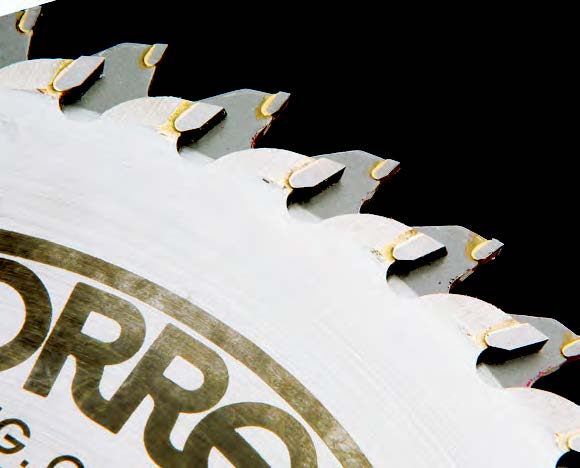
How do you know when your blade is not sharp? Is this something you can see or is it just a feeling?
Rob Johnstone: It will make finer saw dust than it did when it was sharp. It will require more effort to push stock through the blade (or move the blade through the stock). Finally, you can examine the blade with a magnifying glass or loupe. Bill Hylton has just completed a fine article on saw blade basics for the March/ April Woodworker’s Journal – it is the best article on the subject that I’ve personally read. If you are not a subscriber, look for it on the newsstand at the end of February or you could sign up for a subscription now on-line.
Michael Dresdner: A dull blade will make cuts that are less smooth, and it is more difficult to get wood through it. In my old guitar company back east, we were more picky about changing out dull cutting tools — including sanding belts. We rigged the important tools with a simple amp meter. When the cutting edges are sharp, the amp readings are fairly low, but consistent. When the cutting edges started to get dull, the amperage draw went up. We simply marked a “baseline” with an arrow of masking tape where “normal” was, and when the tool started reading above that, we knew it was time to sharpen blades or change sanding belts. This told us well before we started getting poor quality cuts. The added benefit was that in short order, our sharpener noticed that we sent things out BEFORE they became too dull or chipped. He took less carbide off with each sharpening, and as a result, we got at least a third more sharpenings for each blade, saving us money in the long run.





